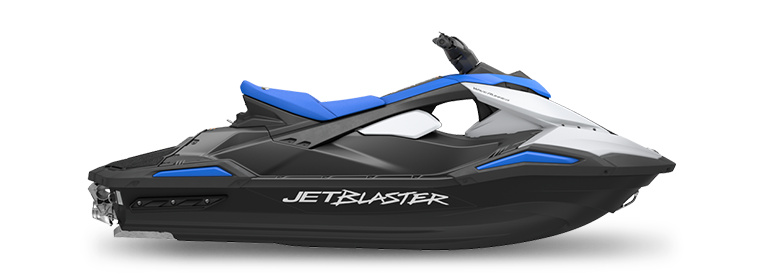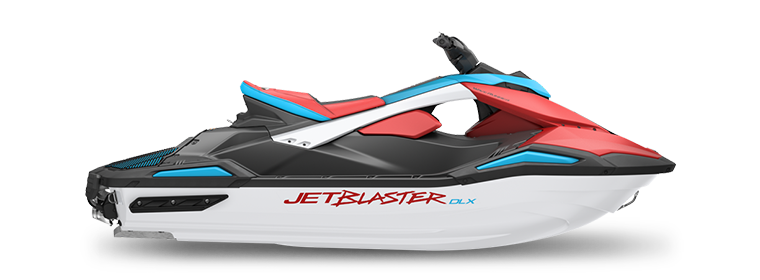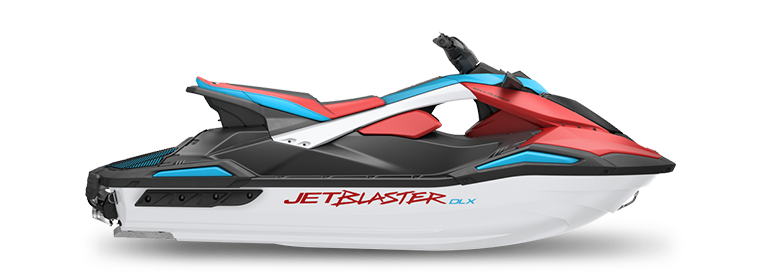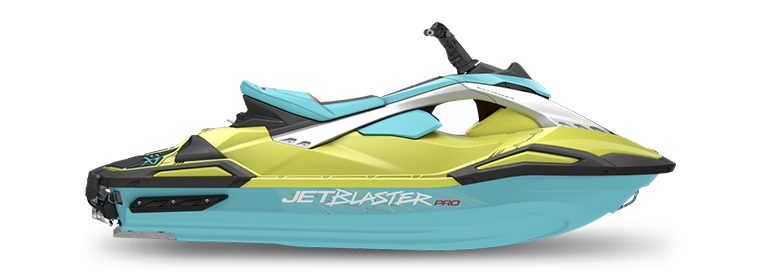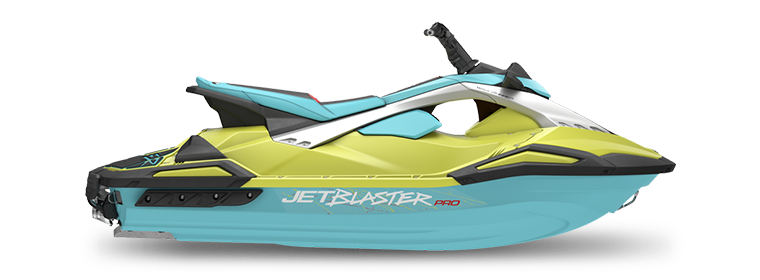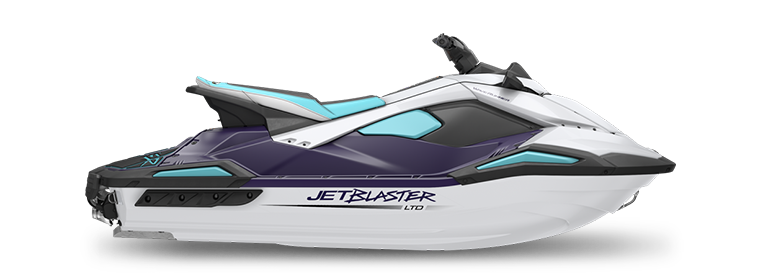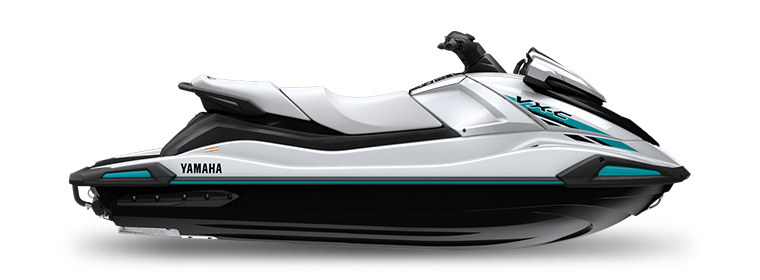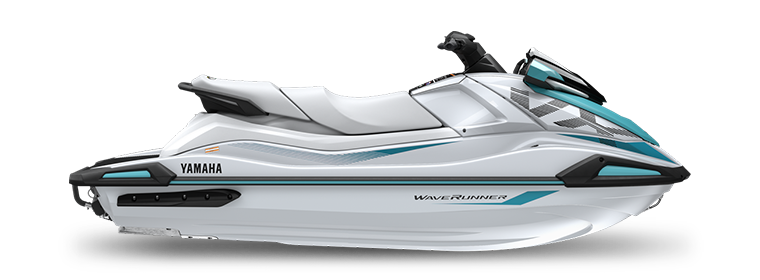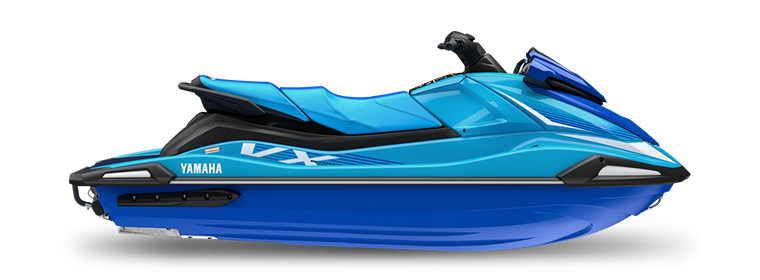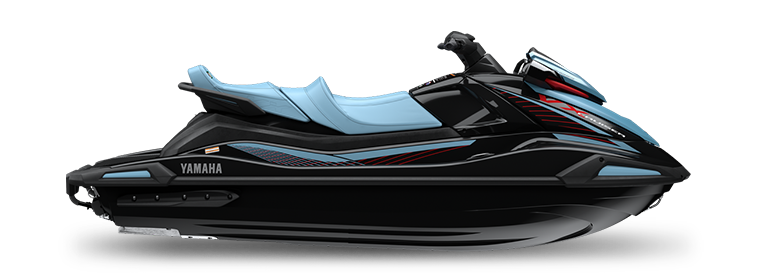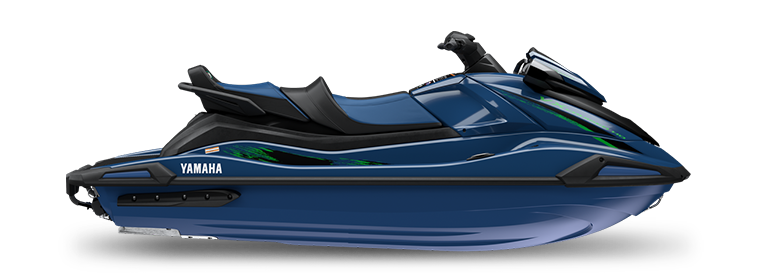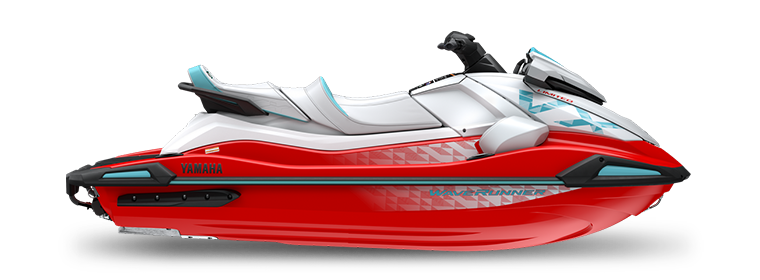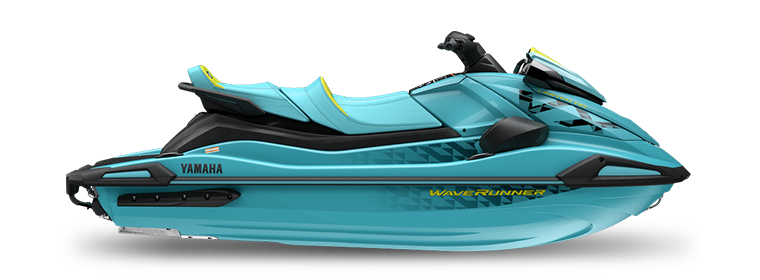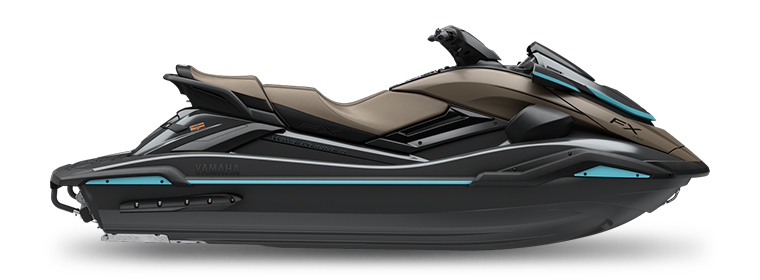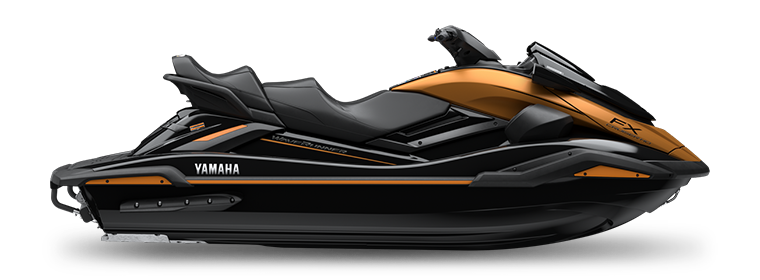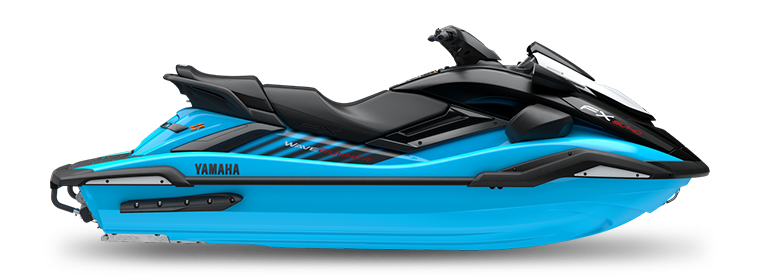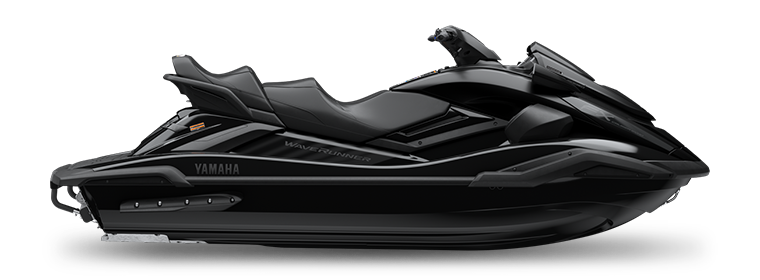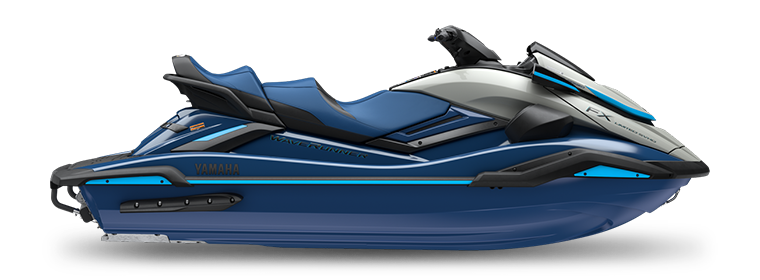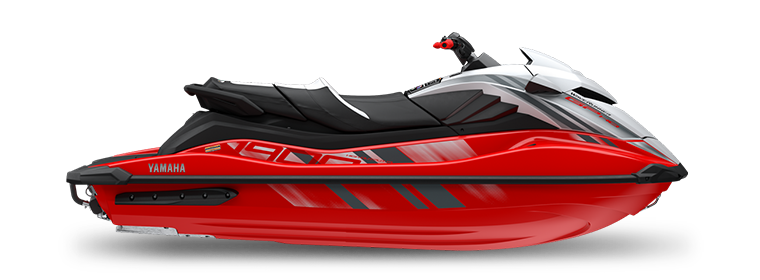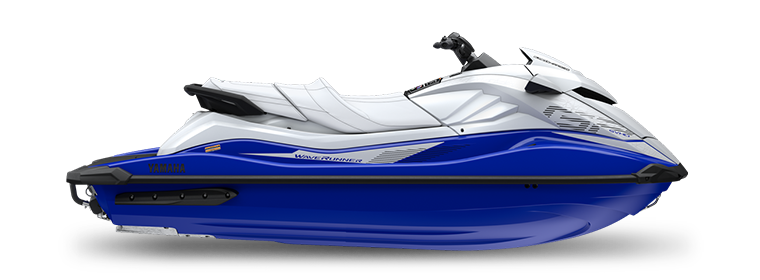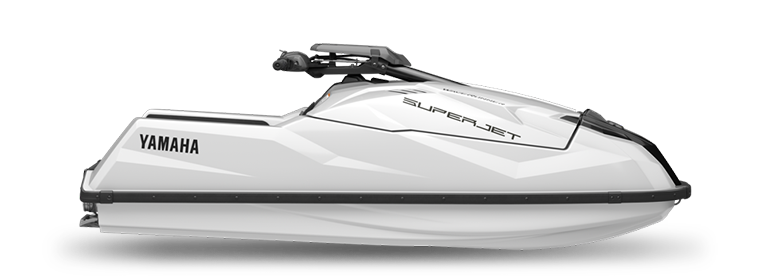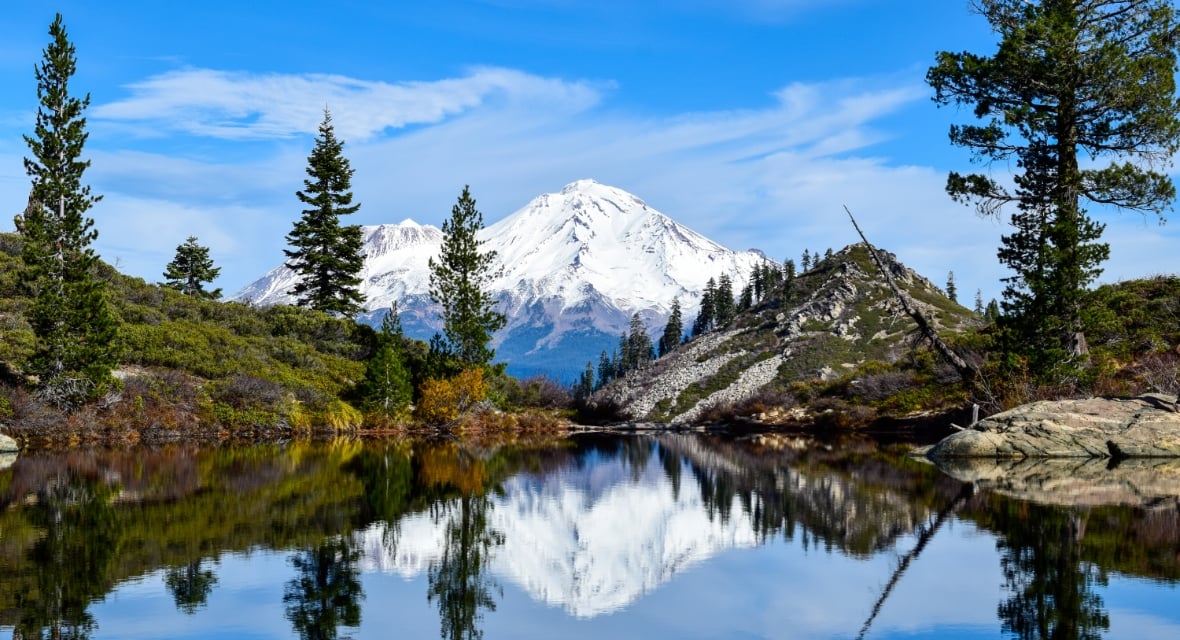Shasta Lake, the keystone of the California Central Valley Water Project, is the largest human-made reservoir in the state with more than 360 miles of shoreline when at full pool.
The varied shoreline and sheer size of Shasta Lake divide the reservoir into different areas, each with unique offerings and opportunities.
When driving the interstate to and from Redding, you'll see what appears to be several smaller bodies of water, but Shasta Lake is actually a series of fingers. Several of these fingers are incoming rivers that feed the lake.
To create this sizeable spread-out lake, five towns were flooded, the remains of which are still submerged. Most are so deep that even scuba divers can't reach them.
Surrounding the lake are marinas, restaurants, and everything necessary for hundreds of people to enjoy lakeside vacations. All manners of boats are welcome on the lake.
Shasta Lake is home to both warm water and cold water species of fish. Fishing for coldwater fish species within the lake is considered good; however, the habitat for warm water fish species is less plentiful by the lack of cover, steep-sided banks, and water level fluctuations.
Bass and trout are the species most frequently caught by anglers. Even though there is some natural reproduction, the coldwater fish populations within the lake are primarily maintained through annual stocking by the California Department of Fish and Game. The warm water fish populations are self-sustaining.
To learn more, visit ShastaLake.com.

